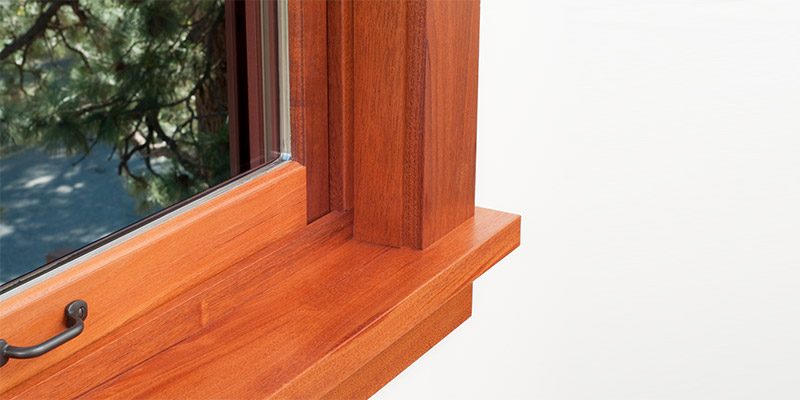Hardwood Window Sills
High-quality Wood for your Exterior and Interior
When it comes to window sills, most homeowners choose materials that provide great durability, particularly for exterior use. And though modern aluminium or uPVC window boards offer excellent durability and low maintenance, many people still choose a hardwood window sill over synthetic materials. The reasons are simple: durable hardwood provides great longevity in combination with elegant traditional timber aesthetics; while such a sill may require slightly more maintenance, its benefits are undeniable.
Wooden Window Sills
In modern fenestration, the choice of material is of great importance and greatly influences things like weather resistance, strength and of course appearance. This is as true for windows as the sills themselves. Nowadays, modern window sills are typically manufactured using:
- Various types of wood (hardwood or softwood)
- Unplasticised polyvinyl chloride (uPVC)
- Aluminum
- Composite materials
However, the requirements for window sills are a bit different than the windows themselves. As the sill is not responsible for thermal insulation, the U-values of the various materials are irrelevant - meaning that hardwood, softwood, and vinyl lose their main advantage in relation to metal. At the same time, window sills also play no role in terms of security meaning the strength of metal compared to uPVC is also unimportant.


